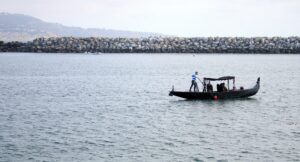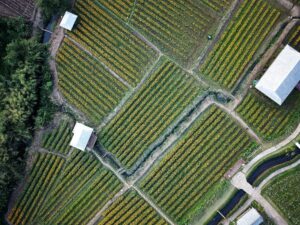Food-Water-Energy
Home » Focus Areas » UHERO Environment » UHERO Environment – Topics » Food-Water-Energy
UHERO Researchers
Water, energy, and food are essential resources, judicious management of which is crucial going forward, given ever-increasing pressures from climate change, population growth, globalization, economic growth, and urbanization. Demand for water, energy, and food are projected to increase worldwide, which will result in a growing number of trade-offs and potential conflicts for many communities. The WEF nexus can generally be defined as the relationship between water, energy, and food in human-environmental systems. Depending on the water, energy, and/or food resources under consideration, linkages between each component can go in one or both directions simultaneously. For example, water can be used for hydroelectric power generation, while energy can be used to transport, pump, or heat water. Water can also be used to irrigate food crops, and food production decisions affect how much freshwater is available for other competing uses. Food production and transport are highly dependent on energy, and biofuels can be used to supplement more traditional sources of energy. UHERO researchers have worked primarily with collaborators in Japan on this topic, but many of the methods developed and lessons learned apply to the broader Asia-Pacific region, including Hawai‘i.
UHERO researchers have worked primarily with collaborators in Japan on this topic, but many of the methods developed and lessons learned apply to the broader Asia-Pacific region, including Hawai‘i.



